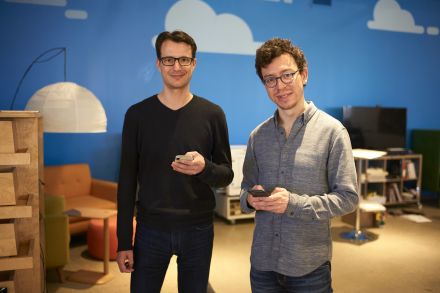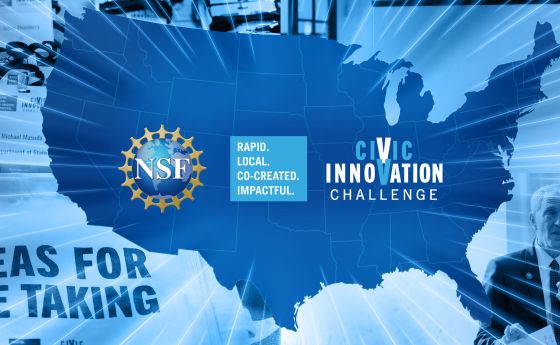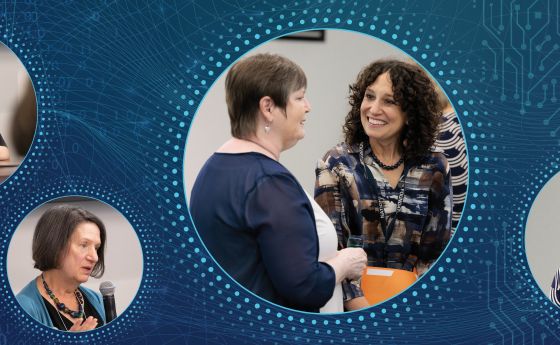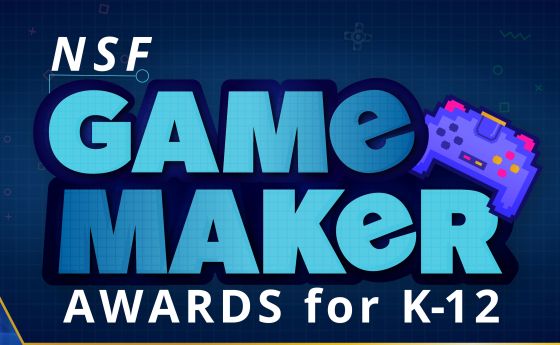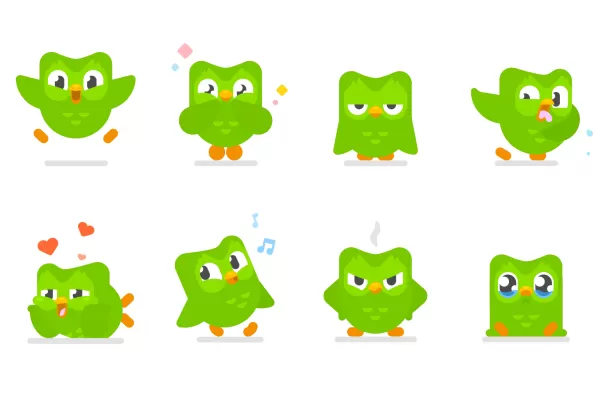
NSF gave Duolingo its wings!
Aux États-Unis, plus de personnes apprennent une deuxième langue à l'aide de l'application Duolingo que dans l'ensemble du système scolaire public américain.
If French is not your primary language, but you can understand the previous sentence, you may have the U.S. National Science Foundation to thank.
Read the translation and more about how NSF helped spark the creation of a popular language learning tool.
In the U.S., more people are learning to read, write and speak in a new language using the app Duolingo. In fact, the number of people learning a second language using Duolingo is more than in the entire U.S. public school system.
Duolingo's mascot, Duo, needs little introduction. A big, bright green owl with an even bigger personality, Duo has become a globally beloved character with over 5 million followers on TikTok. Duo's hobbies include dancing, sending reminders to practice your language of choice, instigating a rivalry with Google Translate, flirting with singer Dua Lipa, and ignoring Duolingo's legal team.
Beyond the stardom, at the core of Duolingo is artificial intelligence research, guiding each learner through individualized learning experiences. Today, Duolingo is valued at over $3 billion, and the research that allowed Duo to take flight was originally supported by NSF.
NSF supported Duolingo CEO Luis von Ahn from graduate school through his early career research as a professor at Carnegie Mellon University.
As a doctoral student in computer science and postdoctoral researcher at Carnegie Mellon, von Ahn was supported by the Information Technology Research, or ITR, program. The program was a funding priority established in the early 2000s in response to a report created by the president's Information Technology Advisory Committee. ITR awards were meant to encourage and stimulate innovative, high-risk and high-return multidisciplinary research that would help prepare Americans for the information age by extending the frontiers of information technology and improving our understanding of its impacts on society.
From this research, von Ahn helped create reCAPTCHA, a system that anyone who uses the internet has encountered as it distinguishes between human and automated web domain access (i.e., the "Are you a robot?" question).
Luis von Ahn's research centered on human computation systems, a method of improving computational models by collecting data as a byproduct of someone doing something else, like playing a game. CAPTCHA, for example, had an added benefit beyond protecting websites from automated activities. When people typed the letters and numbers of difficult-to-read curvy and blurred text, this information was used to help digitize old, printed media that computers couldn't decipher yet. In the case of Duolingo, the original goal of the NSF-driven research was to harness the knowledge of bilingual people to supplement translation software on internet sites.
Duolingo was founded in 2011 by von Ahn, and Duolingo Chief Technology Officer Severin Hacker, who was a Carnegie Mellon graduate student supported by NSF at the time. When Duo was born, von Ahn had three active NSF awards from NSF's Directorate for Computer and Information Science and Engineering, including a prestigious NSF CAREER award which also supported then-graduate student Karin Tsai, now the senior director of engineering for Duolingo.
Funding continued during Duolingo's early development and growth, totaling over $1.5 million from 2009 to 2016. Not only was Duolingo created out of this period of research, but the team also developed new computational algorithms to better understand how connections are formed and how information self-organizes on social networks. The work also demonstrated that education is a good incentive for people to engage with problems that computers cannot solve alone.
When NSF funding concluded in 2016, Duolingo had grown to employ 80 people, already had millions of users learning a language for free and received over $83 million in venture capital funding.
Today, Duolingo continues to provide over 50 million users with the opportunity to learn more than 40 different languages for free, and offers a more affordable English language certificate, lowering the barrier for non-native English speakers to pursue new educational and career opportunities. The company has also expanded to offer "Duolingo Math" and "Duolingo ABC" to learn math and reading.
Sprechen Sie Deutsch? Navajo? Español? Klingon? Now you can learn how, thanks to Duo's NSF-assisted liftoff.


